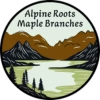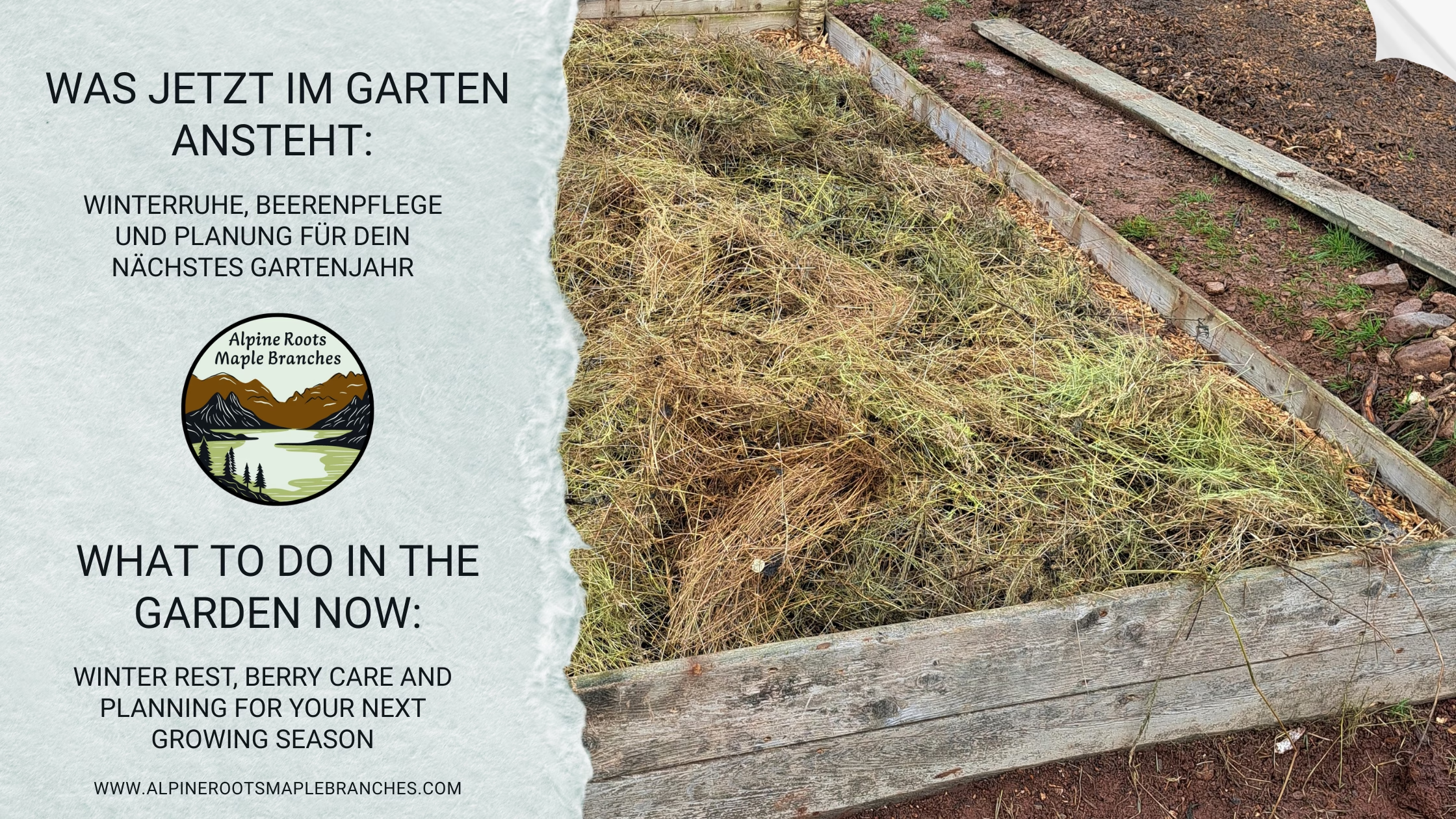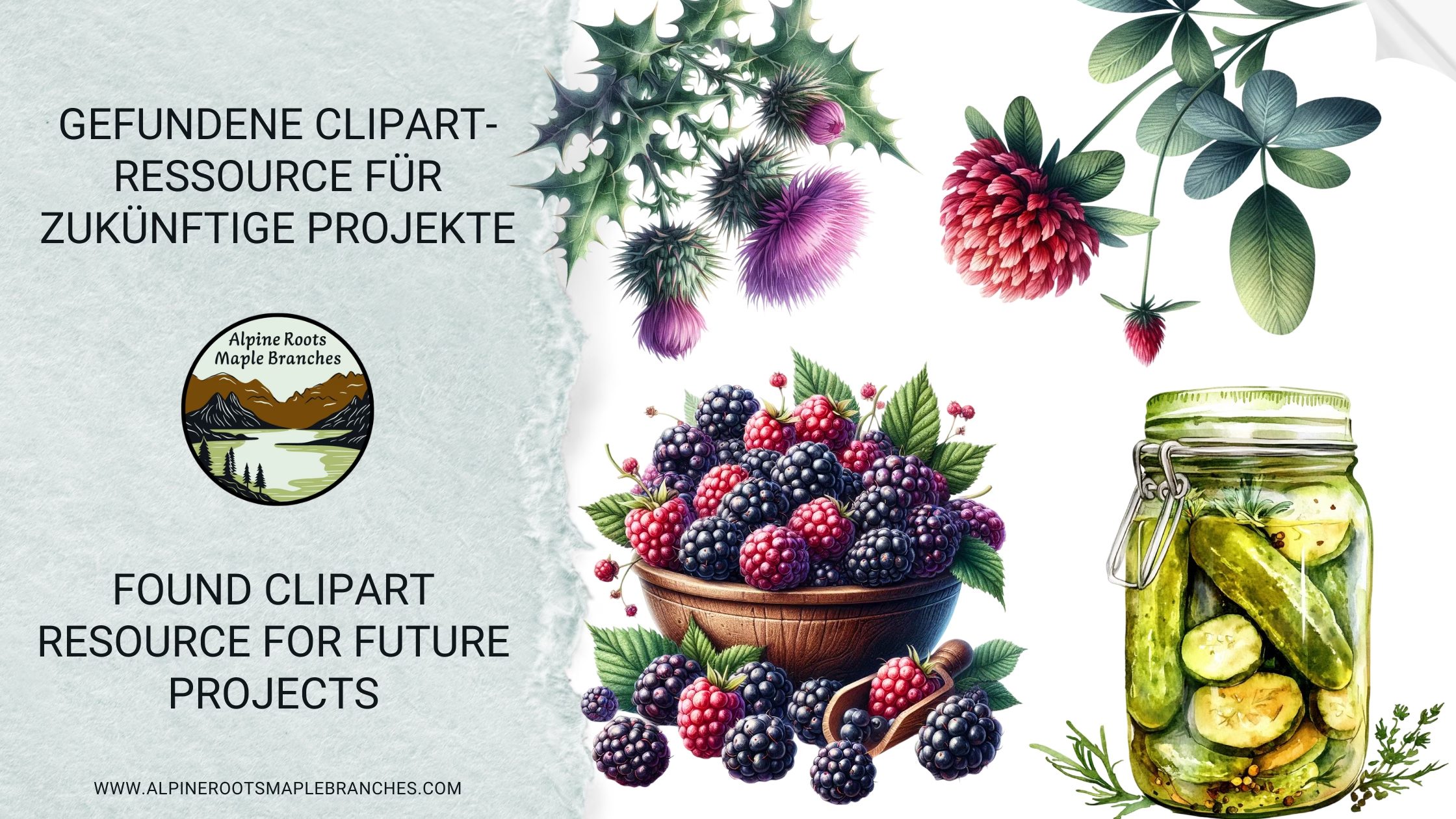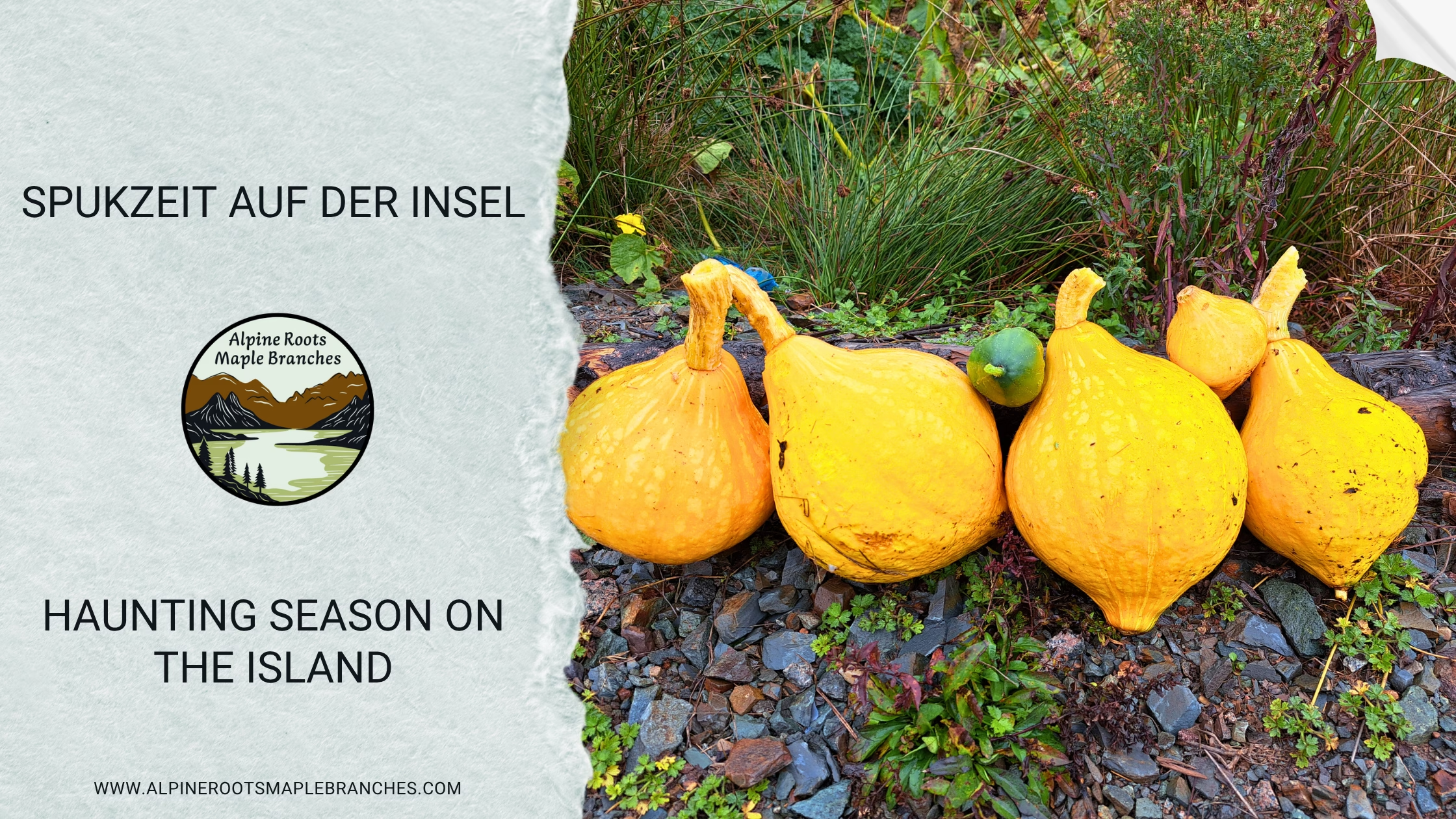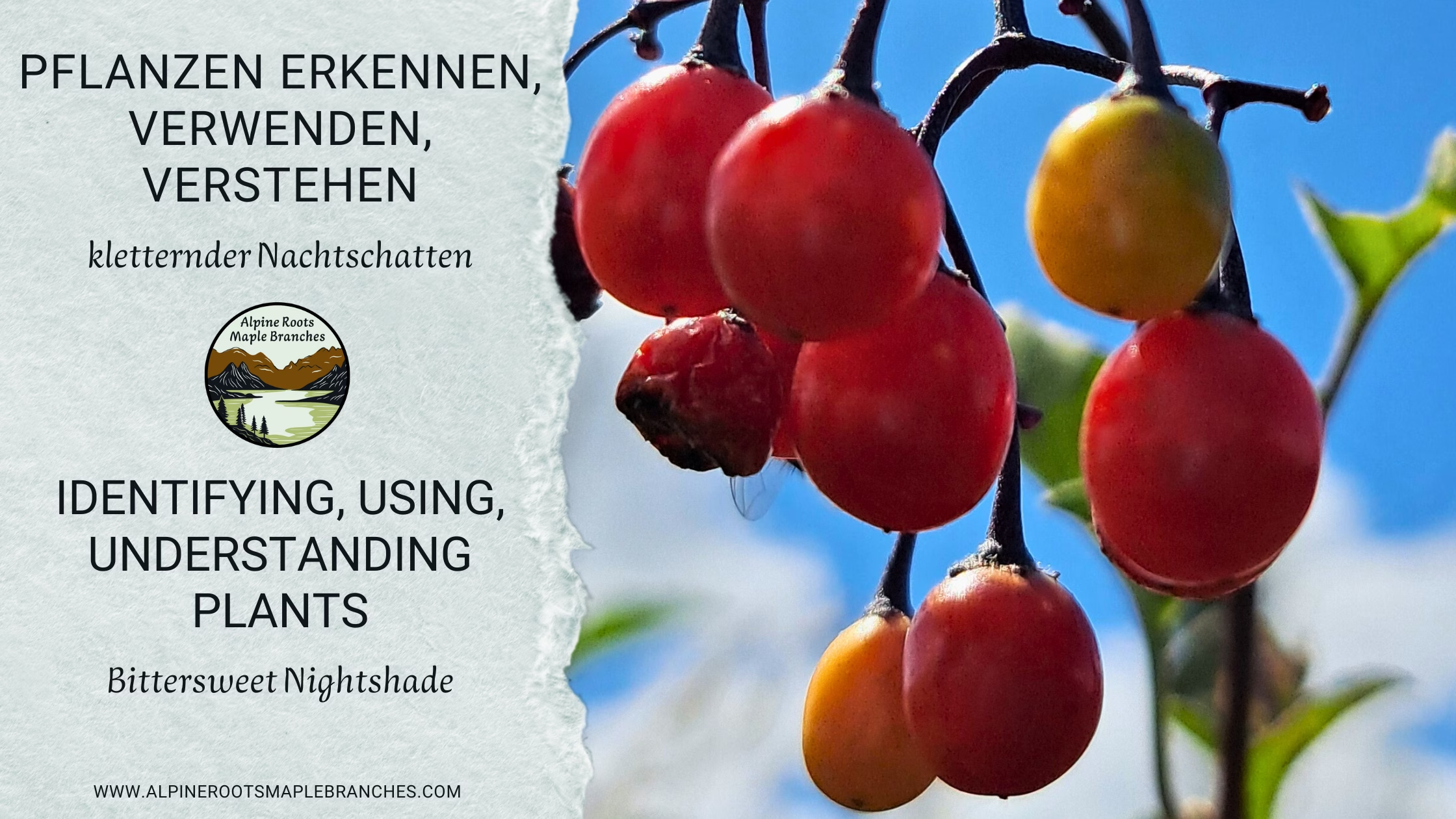Since settling in Canada, we have continuously encountered plants and animals that amaze us with their diversity and beauty. One plant that particularly caught our attention is Bunchberry (Cornus canadensis). This small, unassuming plant, often found as ground cover in the forests of Nova Scotia, has its own charm and brings many ecological benefits.

A Story of Adaptation and Connection
Bunchberry has played an important role in the culture and history of Indigenous peoples in Canada for centuries. Its berries were not only used as a food source but also appreciated in traditional medicine. The roots and leaves of the plant were traditionally used to treat fevers and colds, while the berries were used to aid digestion. This long-standing use shows how deeply rooted bunchberry is in the healing traditions of Indigenous communities.
Our Discovery and Use in the Garden
During one of our walks, we first consciously noticed bunchberry growing at the edge of the path. We quickly realized that this plant had the potential to enrich our garden project. Its slow growth and resilient nature make it ideal for a long-term, low-maintenance garden design. In our research about this plant, we also found several recipes that make use of its berries in the kitchen—another reason to integrate this versatile plant into our garden.
Native Plants for a Stable Ecosystem
Bunchberry is already native to our region and thrives well under local conditions. Plants like this are particularly valuable to us because they support the existing ecosystem without requiring extra care or resources. They blend harmoniously into the landscape and contribute to biodiversity, which is a key element in our permaculture project.

